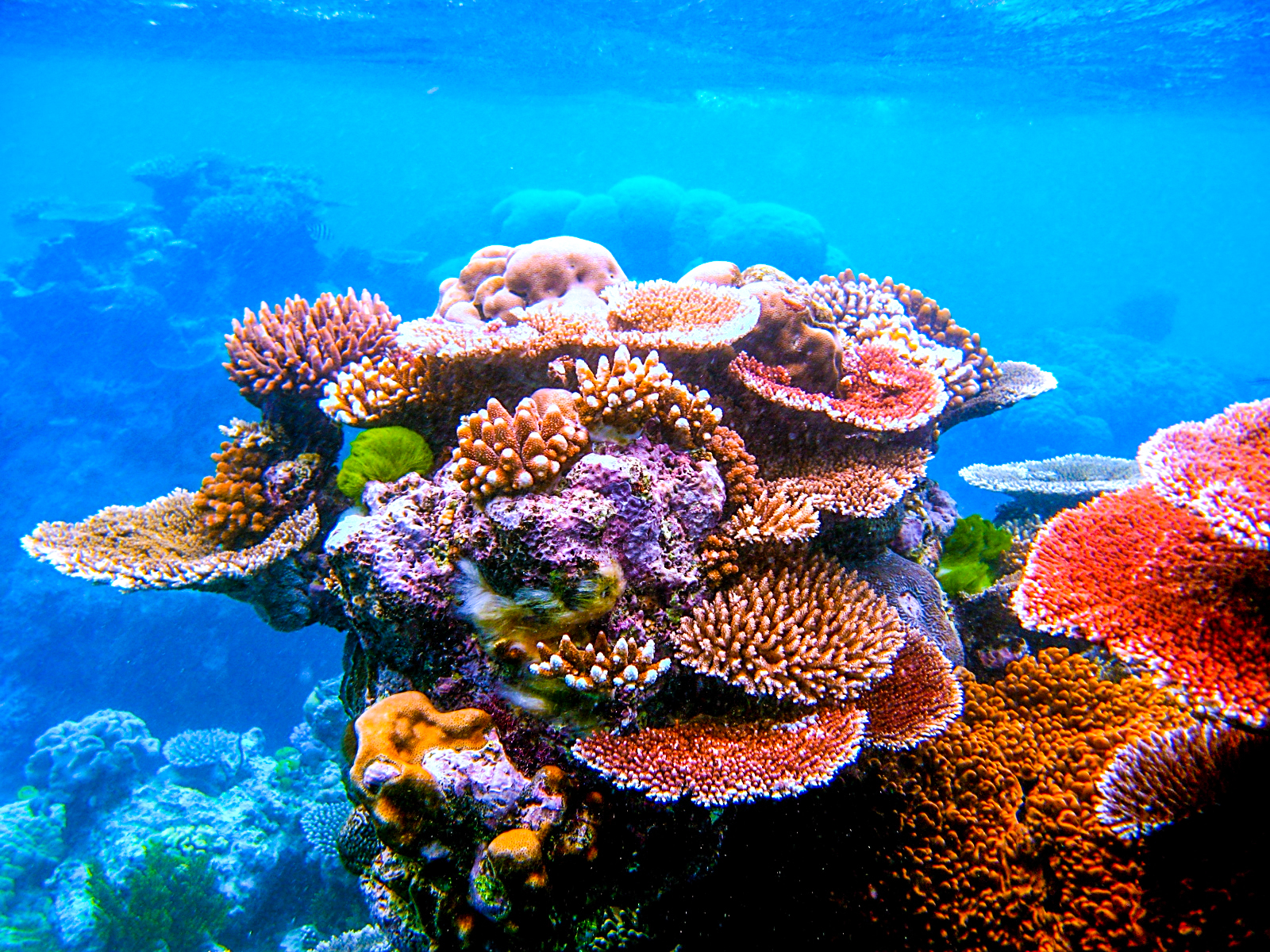ESA satellites spot coral reefs in danger
26 May 2017
The Great Barrier Reef in Australia is an area of outstanding natural beauty. More than 2000km long, it is home to sealife like rays, molluscs, dolphins, tropical fish, sea turtles, and more than 400 kinds of coral. At first glance coral looks like a plant, but it is actually a strange kind of animal that attaches itself to rocks. Stretching over huge areas, coral is an important part of Earth’s ecosystem.
Scientists have been using ESA’s Sentinel-2 satellites to photograph the Great Barrier Reef’s coral. They have made a worrying discovery: green algae plants living in the coral, and which the coral need to survive, are being damaged and even destroyed.
This effect is called coral bleaching, and it is caused by global warming making the sea water too warm for the algae. Coral can stay bleached for around six weeks. After that it may recover, or it may completely die, which is very bad news for all the plants and animals that live in the coral and need it for food.
Divers can investigate the condition of coral in person, but this takes a long time and means that only small areas can be studied. Using ESA’s Sentinel-2 satellites allows for much larger areas to be monitored, which is a better way to keep track of how healthy the corals are.
This is not the first time that satellites have been used to watch collections of coral like the Great Barrier Reef. However, the Sentinel-2 satellites are excellent at this job because they take very high resolution pictures, and they pass overhead regularly so can quickly spot any coral that is bleaching.
ESA is now developing a new computer program to help analyse satellite images of coral reefs quickly and accurately. The more we know about coral bleaching the better we can protect these important parts of our planet.
Cool fact: Scientists studying the Great Barrier Reef have found giant clams over 120 years old!







